Marisa Wojcik:
Welcome to Noon Wednesday. I’m Marisa Wojcik, multi-media journalist with Here & Now on PBS Wisconsin. So on Saturday, the Brown County MLK Celebration Committee is holding its 25th year of Martin Luther King Jr.’s honorarium. And we are live from Green Bay at the Northeast Wisconsin Technical College. And we’re here to talk a little bit about what the diversity and inclusion and equity efforts in the Green Bay greater area look like. We are here with the MLK Celebration Committee Chair, as well as Director of Diversity Inclusion on campus, Mohammed Bey. Thank you so much for being here.
Mohammed Bey:
I’m happy to be here as well.
Marisa Wojcik:
And thank you for letting us come to your campus.
Mohammed Bey:
Absolutely.
Marisa Wojcik:
I wanted to start with, there’s a report from the Brown County Life Study that says Green Bay’s non White population will double or possibly triple by 2040. Does this track with your experience and your involvement in the community?
Mohammed Bey:
Yes, I would say looking at the Green Bay school district right now and understanding that the population of students of color or in the majority by about 52 or 53%, it is changing. The faces around this area will definitely be changing.
Marisa Wojcik:
And what does that make up look up?
Mohammed Bey:
I would say, at least right now, about 80 or so percent is still predominantly White. The largest growing ethnic racial group is the Hispanic population. And so a lot of services around the area are really paying attention to that dynamic, understanding the language barriers that might be coming across in different pockets, and really trying to adjust accordingly. And so, we have a number of other populations that are moving and settling here in Green Bay from the Somali, that area or that group, continues to grow. We have our Hmong population and obviously the native Blacks and so forth. But the biggest, to my understanding, demographic shift will come from the Hispanic community. And a lot of the new diversity that is going to be here is really not folks moving here, it’s generational. It’s people moving here, settling, calling this place home and having kids and so forth.
Marisa Wojcik:
And does it feel like, as this growth is happening, that there’s been a proactive response to the shifting needs?
Mohammed Bey:
I would say yeah; the Life Studies, both of those, are clear examples of people paying attention to what’s happening in the city. And then taking that data and course correcting. So you’re hearing more, again with the services being bilingual, people wanting to build up their competencies around diversity and inclusion. I would say from the Chamber of Commerce, the Economic Strategic Plan that has come forward from that realizing that we need, as a city, to be doing more around the recruitment and retention of our diverse staff. So that could be race, gender, sexual orientation, and so forth, but that as a community, as a city as a whole, we need to be mindful about the differences that are here.
Marisa Wojcik:
And sometimes when we throw out words like diversity, equity, inclusion, it can feel a little bit nebulous. To you, what do those concepts mean and how do you see them best incorporated into some of the shifting needs in the Green Bay community?
Mohammed Bey:
So diversity is a noun. Diversity is just describing people and the different social identities we may bring into a setting. Equity is this effort to really meet every individual where they are, and to remove barriers so they can be successful. Inclusion, for me, is a sense, a state of being, a sense of belonging. It’s taking Maslow’s Hierarchy of Need and making inclusion where self-actualization is. And so you’re really working up towards that top of that pyramid so every individual coming to this community has a sense of belonging. And I think some of the beauty about being here, and I’ve lived in different parts of the state, and not a knock to any other area, but what I’ve been seeing here is a really need for communities and organizations to be working together. So oftentimes you’ll have the Green Bay Police Department going to sit down with Casa Alba to talk about policing. Or you have communities members questioning how some policing tactics are done, and having our police department be having an open door policy and approach to either you coming to them or we’re going to go to you. And I’ve just been seeing that across the board. Organizations really are trying to collaborate and come together to deliver equity here. I mean you have the Achieve Brown County Initiative that’s looking at from cradle to career and what does equity look like to make sure that everyone who’s living in Brown County, from birth to career, can be successful along their journey.
Marisa Wojcik:
But there are some things that are looking like ways in which other cities have maybe faltered. Such as, segregated neighborhoods or the White populations moving out of the downtown area. Are those things that you see being exacerbated and what’s the effect of some of that, even if it’s not an intentionally kind of malicious move?
Mohammed Bey:
It’s a great question. What I’m seeing is organizations or people who, so if you look at the socioeconomic make up of Brown County and the different educational pockets that are within this area, a lot of organizations, CEOs, and the folks who are listening and using data to make decisions, are understanding that White Flight, as it’s called, is happening and could continue to happen in Green Bay if individuals who have the means to be responsible for delivering the message, whether it’s the educational institutions, whether it’s a Schreiber, whether it’s a Schneider, whether it’s a Humana and so forth, if we don’t continue to work together to really build up this area it could have a different look some odd years from now when a lot of the resources from a wealth standpoint, knowledge and so forth, are vacating. In history, are vacating into the Green Bay proper, and as we’ve seen in other cities it will have a drastic effect.
Marisa Wojcik:
So in some of the areas, like you mentioned from Achieve Brown County, where do you see some of the biggest need? I know education is a big component. What are some of the benchmarks that as we’re approaching 2040 and some of these numbers are growing and changing, that are real goals for the community?
Mohammed Bey:
I think one of the biggest things, and we’re just starting to talk about this as Achieve Brown County, is the report that the achievement gap between Whites and Blacks here in the state of Wisconsin. I know that’s on the lips of a number of other organizations and educators. And that’s something we started to scratch the surface on. A lot of organizations such as NWTC, St. Norbert, educational institutions have been trying to address the achievement gap and providing a different number of services to meet the needs of our population. But obviously, it might be chipping away a little bit, but from a large grand scheme standpoint, there’s still a deficit. And so while we’re looking at birth to three, and all these other milestones from what does it mean to have someone be successful from birth to career, the overall symptom right now, or sickness, is you can say we have is related to the achievement gap of our Black and our White populations. And everyone else in the middle.
Marisa Wojcik:
And so, you know we started this conversation talking about the Dr. Martin Luther King Jr. event which will be happening this Saturday. And he spoke to the difference between saying and doing. How do you see this community putting its money where its mouth is and doing instead of just paying lip service? Cause I think sometimes these issues are on our minds and in conversation, but it can be difficult for areas to know the best way forward.
Mohammed Bey:
I see, for example, with the Chamber of Commerce’s Diversity and Inclusion Task Force, which is tied to the Economic Strategic Plan. As I look around that room, there are organizations for and nonprofit, people who are tied to the city, from De Pere to Green Bay and so forth, and people have gathered around that table to figure out what are some of the solutions, what are some of the steps that we need to take in order to build a more inclusive environment and support the diversity that’s happening here? So I am seeing the activity. I’m hearing the conversation, and then I’m seeing the results of that conversation, whether it’s organizations signing the CEO Action Pledge, whether it’s people supporting the minority owned businesses here, whether it’s trying to figure out as boards want to racially diversity themselves, what are some of the steps that we can help them, people who are asking for assistance and asking for this need. So how can we provide guidance and support to them along their journey to help build up the competencies of their boards. And you have the Bay Area Community Council pulling in folks for their envisioning sessions. And having open and candid conversations about Green Bay, and Brown County in general, and what’s happening. What are some of the steps that you as someone who lives in this community, doesn’t matter if you’re a CEO, doesn’t matter if you’re working for this organization, but what do you need to be successful here. And gathering that information and sharing it out, and people taking that and utilizing that. Some of the, lots of the reports that come forward from my standpoint at NWTC, taking those life studies, the results of the envisioning sessions from the Bay Area Community Council, and sharing that with my diversity team and using that as some guiding points as we plan out our steps to go forward.
Marisa Wojcik:
So utilizing the data? So I think sometimes this kind of conversation tends to, on a state wide level, get guided towards a community like Milwaukee, but there are different degrees of diversity and it looks different in all our communities across the Wisconsin. Is there something that you think that other communities could learn from that Green Bay is doing that could be applied?
Mohammed Bey:
I think Green Bay is a well-kept secret. And I don’t necessarily mean that always in a positive. I think that it gets overlooked. Outside of the Packers, people aren’t really paying attention to here. They are, but they’re not. And from a diversity and inclusion standpoint, as you noted, Milwaukee and Madison get kind of pinpoints as the places to go to, and Appleton as well, which is down the street, for their progressive mindsets and policies and what they’ve been able to adopt. I think Green Bay has a spirit of collaboration and I’ve seen organizations and individuals within those organizations have a spirit of being transparent and actually owning the fact that they’re not an expert in X, Y, and Z, but they’re going to surround themselves with somebody who will be that expert and who can help them grow. So often, the onus is if you’re the minority in the room, the onus is on your to continue to do the education, to help move people forward. And I’ve seen some of that, but now I’ve also seen people really taking the initiative and understand the different dynamics that are here and owning their own shortcomings. So collaboration, and I think it’s something that is growing and it’s spreading within Green Bay, in a great way.
Marisa Wojcik:
And is this, these are some of the ideas that are put forth in some of the advertisements for your event. Are you addressing some of these ideas as you are discussing the community and talking about the Martin Luther King celebration for this community?
Mohammed Bey:
So, yes and no. I’m hoping definitely that our keynote, and I know that he will, as he lives in Brown County and calls this place his home, Dr. Eddie Moore Jr. who is going to hit some of those points. The idea though behind the celebration is really to help different generations, to provide a platform for different generations to come together. And we have our 2020 theme: envision, change, act now which pretty much summarizes all of Dr. King’s work and the people’s movement. And everyone from that time had this idea for what change could be. Now, let’s envision this change and let’s act now. And so I see our role as to continue to plant these seeds into people’s minds. Above and beyond a creative poster contest, it’s also about showcasing the multiculturalism that’s here in Green Bay, from the speakers to the performers that come here. Again, we will go to Madison and Milwaukee to find an act because we may think that they’re not here in Green Bay. Well we do have lots and lots of talent here. And we’ve been able to feature a lot, and showcase a lot of what we have to offer.
Marisa Wojcik:
Well thank you so much for telling us a little bit more about Green Bay and a little bit more about the event.
Mohammed Bey:
You’re welcome, Marisa.
Marisa Wojcik:
For more from Here & Now and PBS Wisconsin, you can visit pbswisconsin.org and thank you so much for joining us on Noon Wednesday.
Search Episodes
News Stories from PBS Wisconsin

Donate to sign up. Activate and sign in to Passport. It's that easy to help PBS Wisconsin serve your community through media that educates, inspires, and entertains.
Make your membership gift today
Only for new users: Activate Passport using your code or email address
Already a member?
Look up my account
Need some help? Go to FAQ or visit PBS Passport Help
Need help accessing PBS Wisconsin anywhere?

Online Access | Platform & Device Access | Cable or Satellite Access | Over-The-Air Access
Visit Access Guide
Need help accessing PBS Wisconsin anywhere?

Visit Our
Live TV Access Guide
Online AccessPlatform & Device Access
Cable or Satellite Access
Over-The-Air Access
Visit Access Guide
 Passport
Passport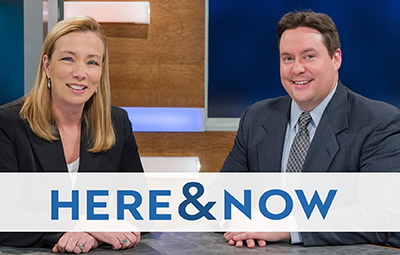
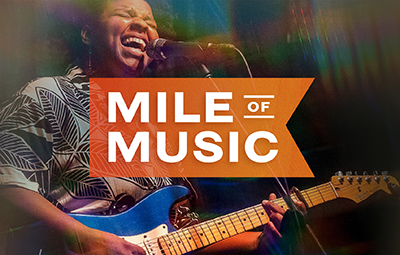
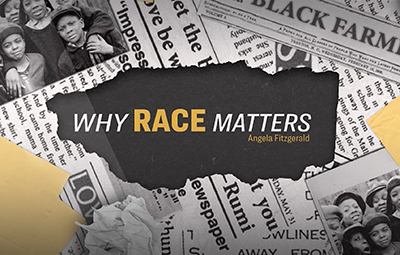
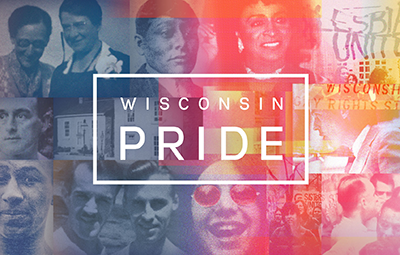
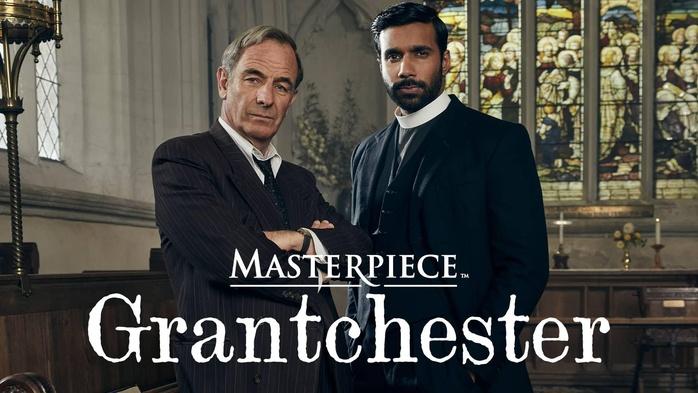

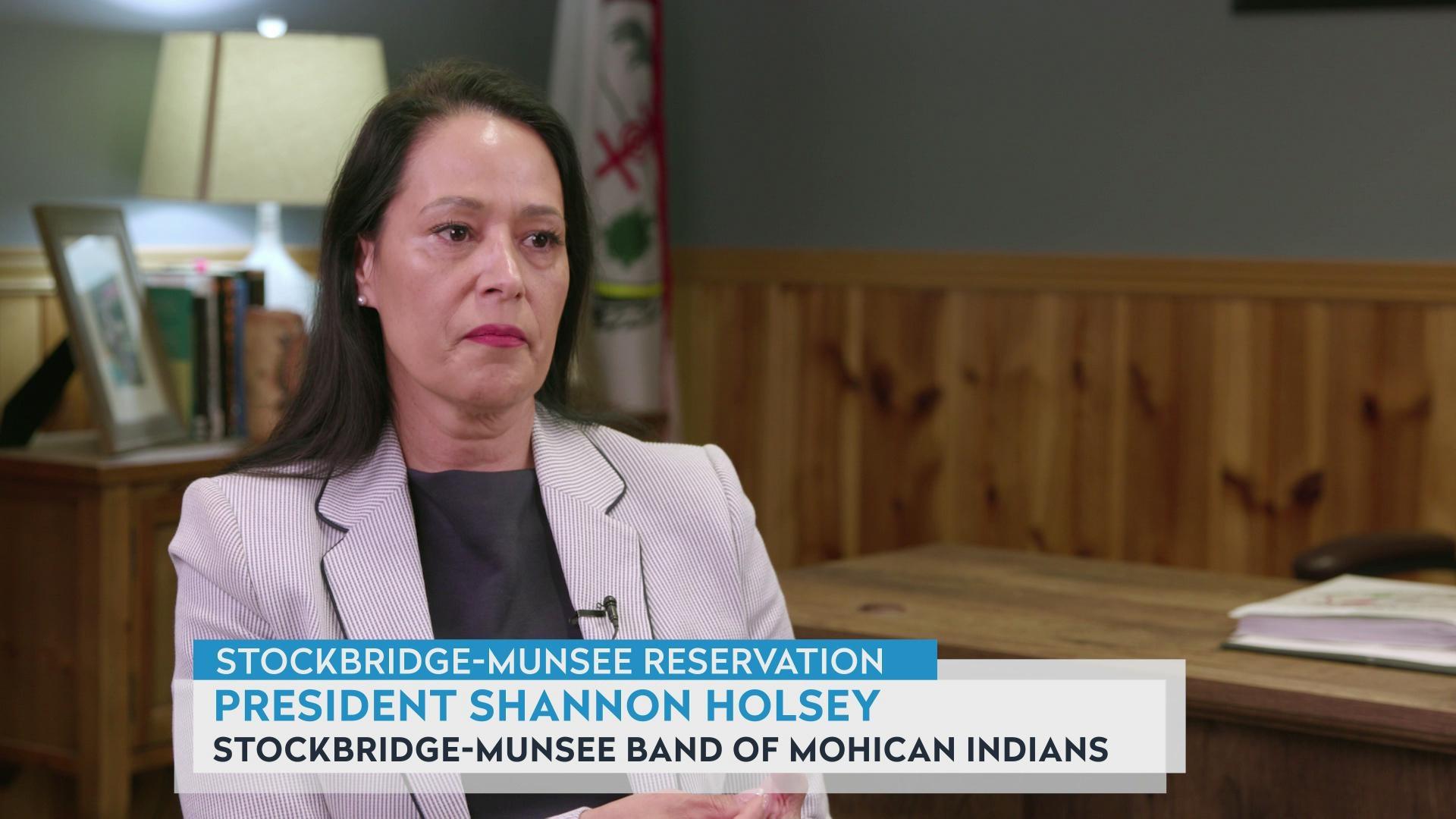

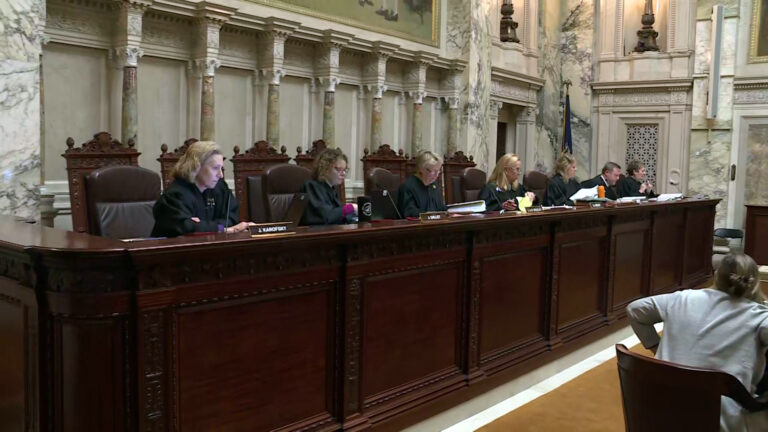
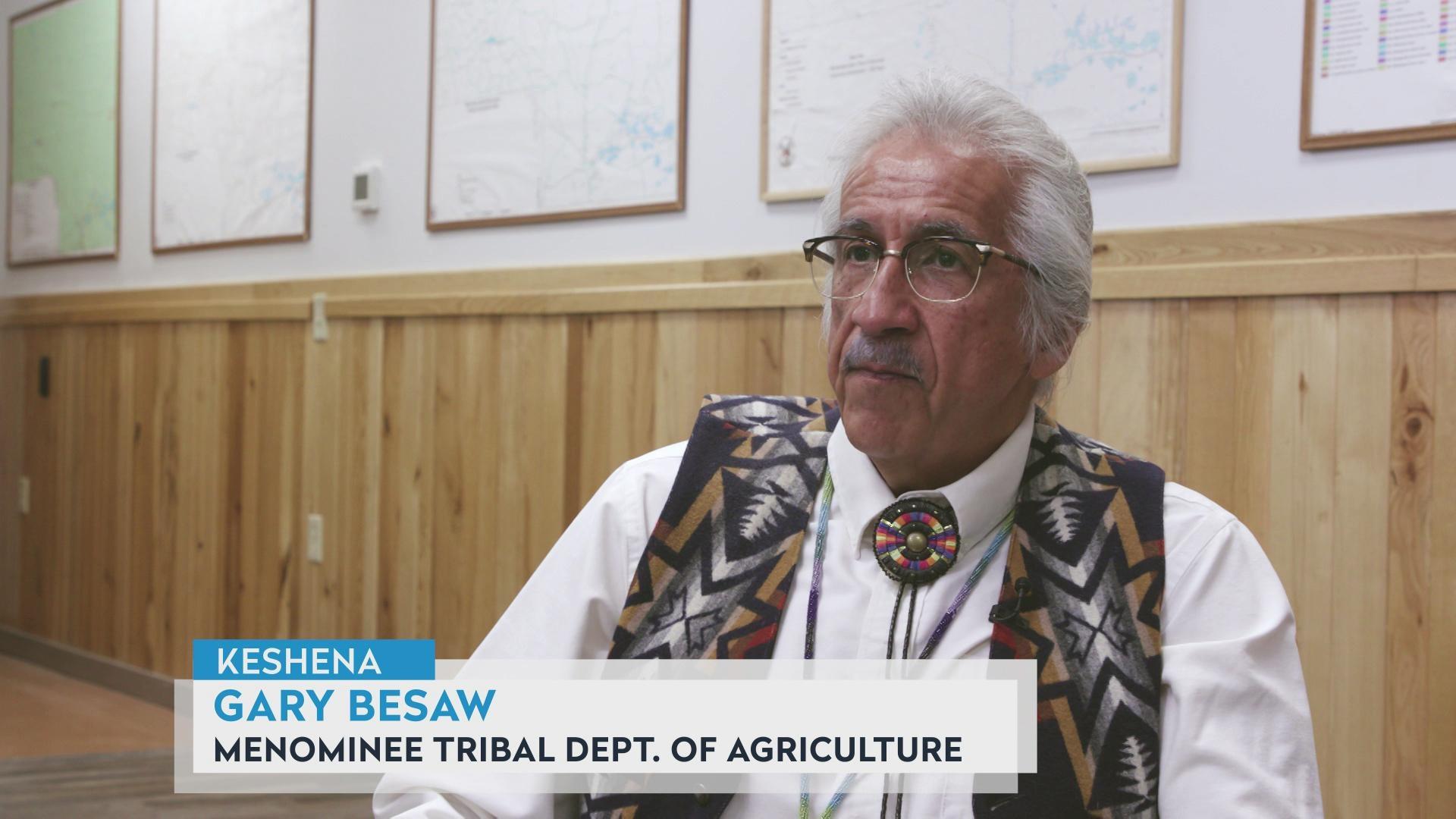
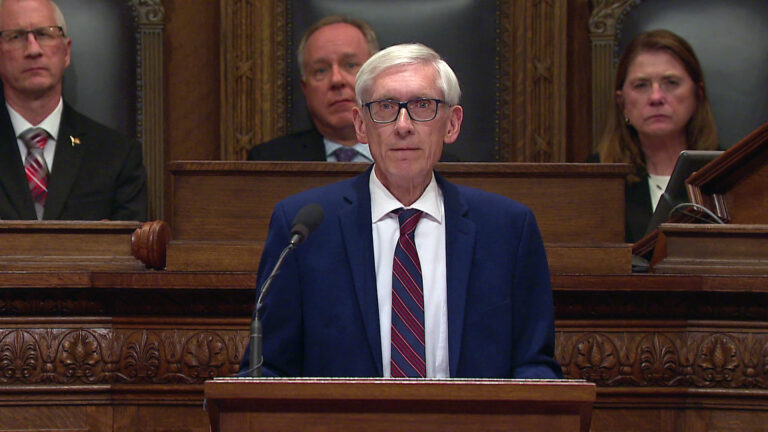
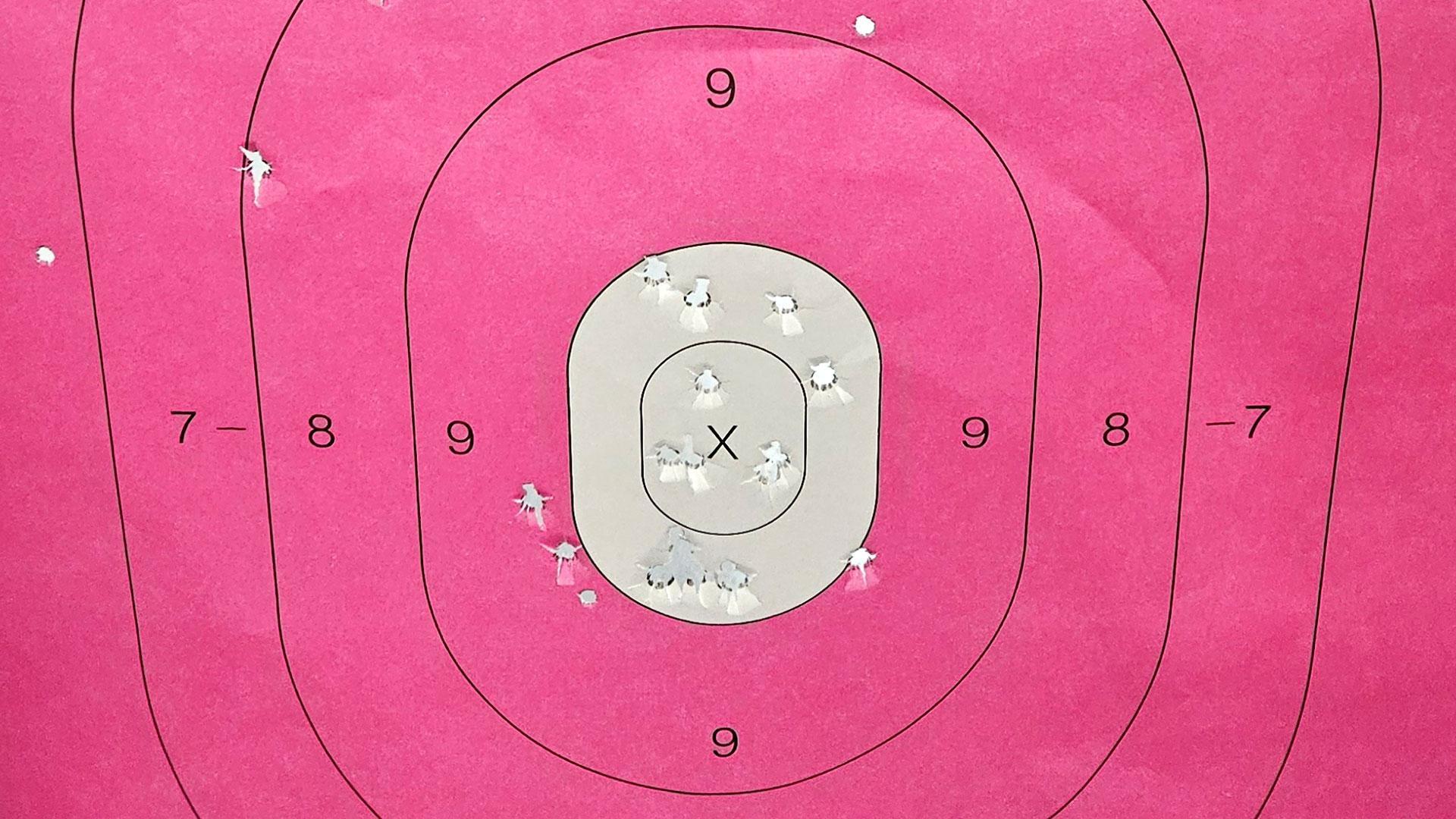
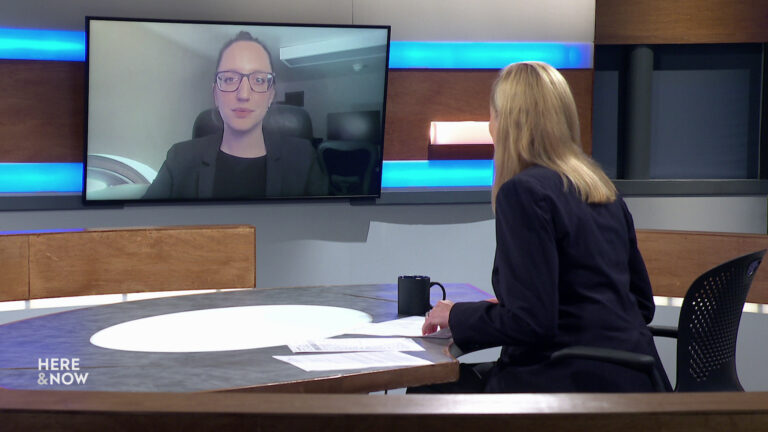
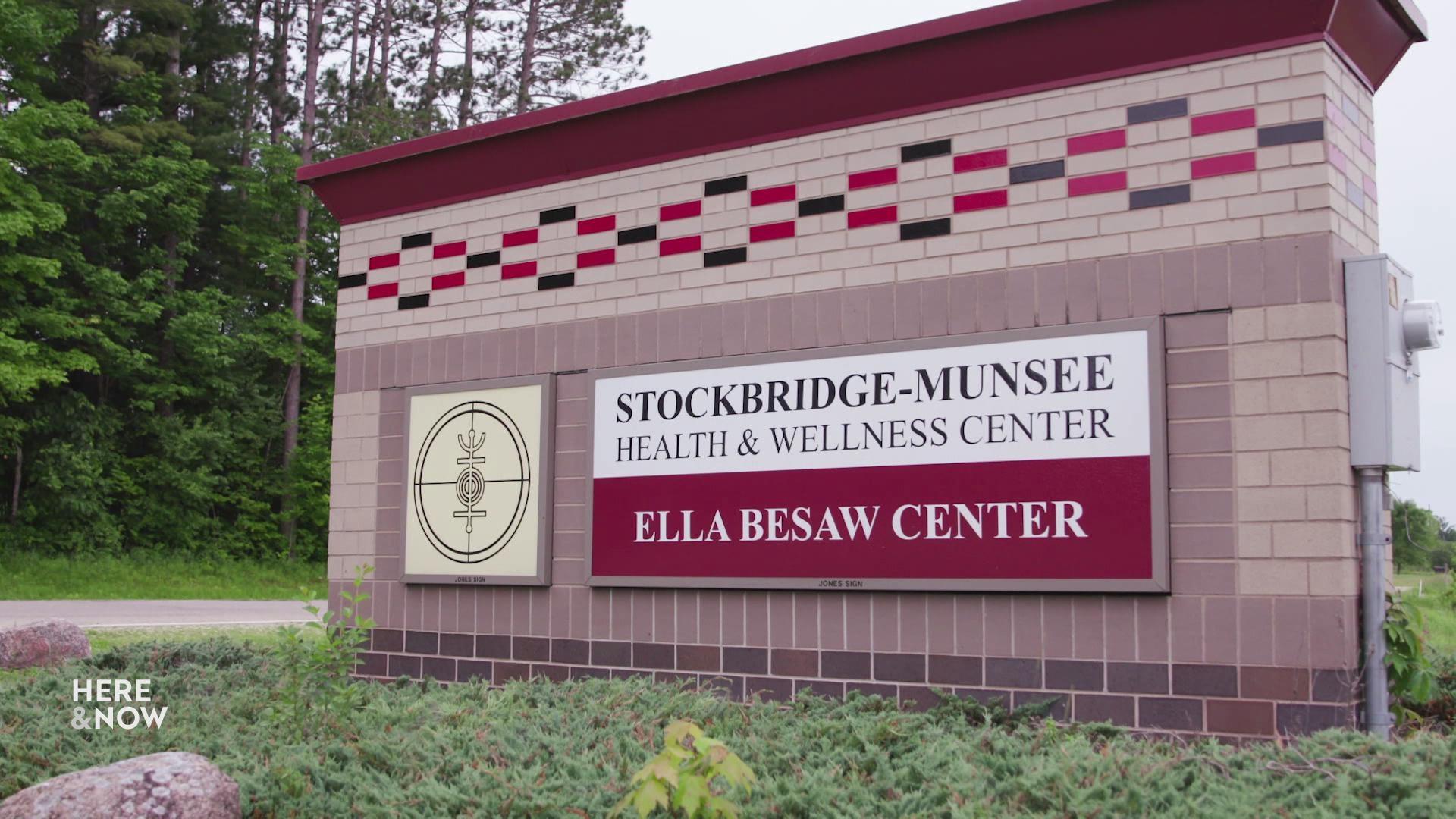
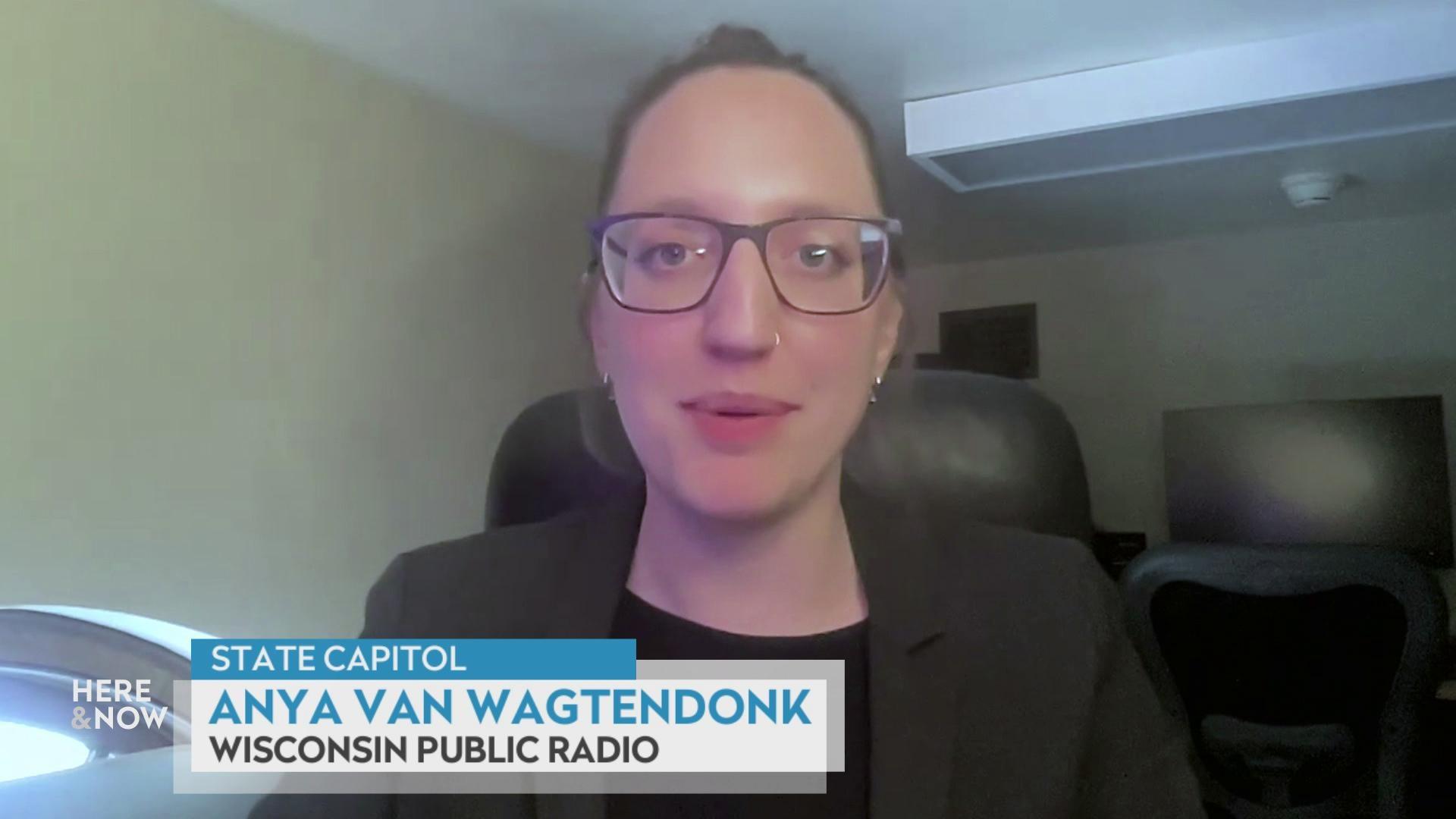
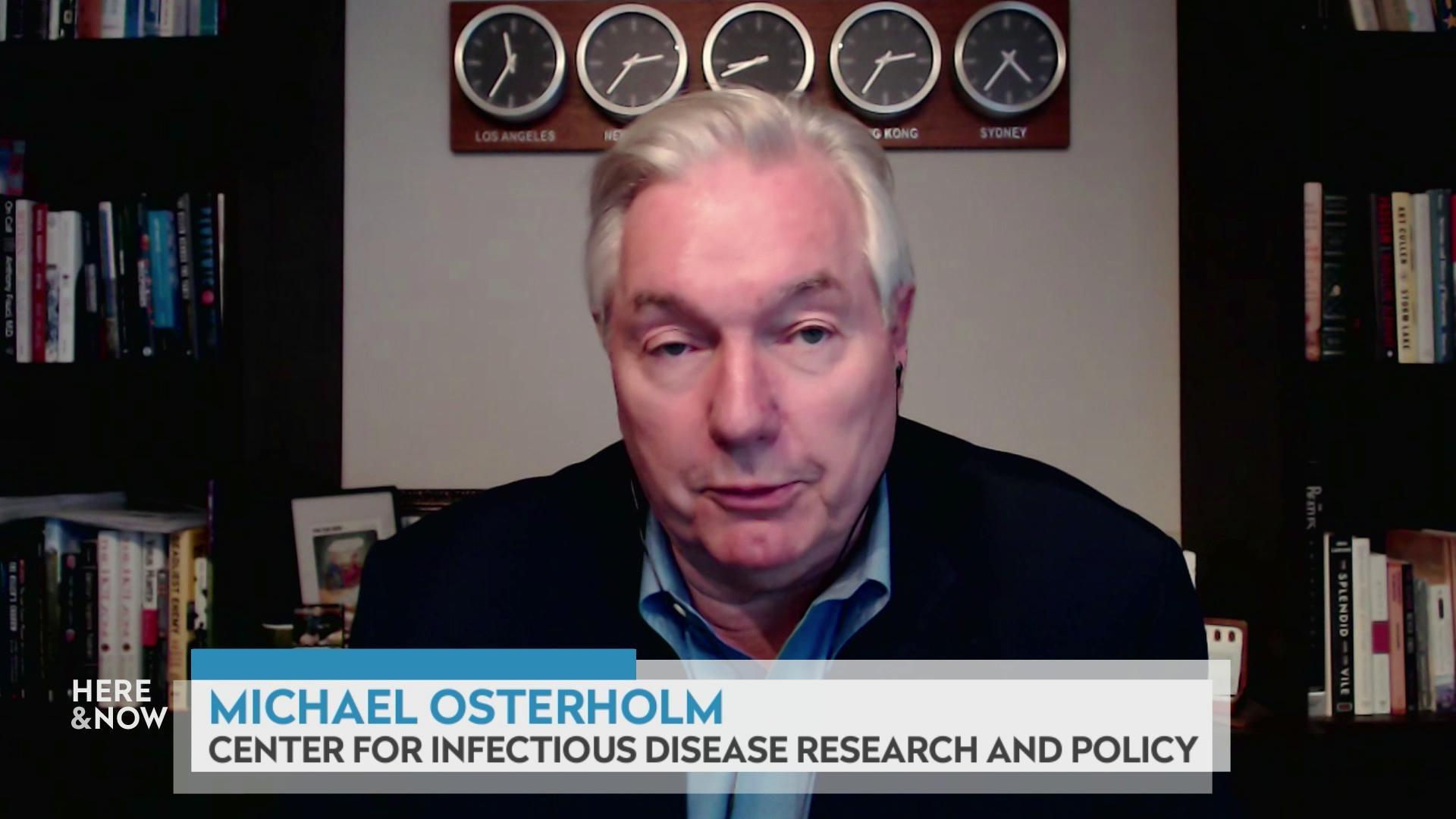
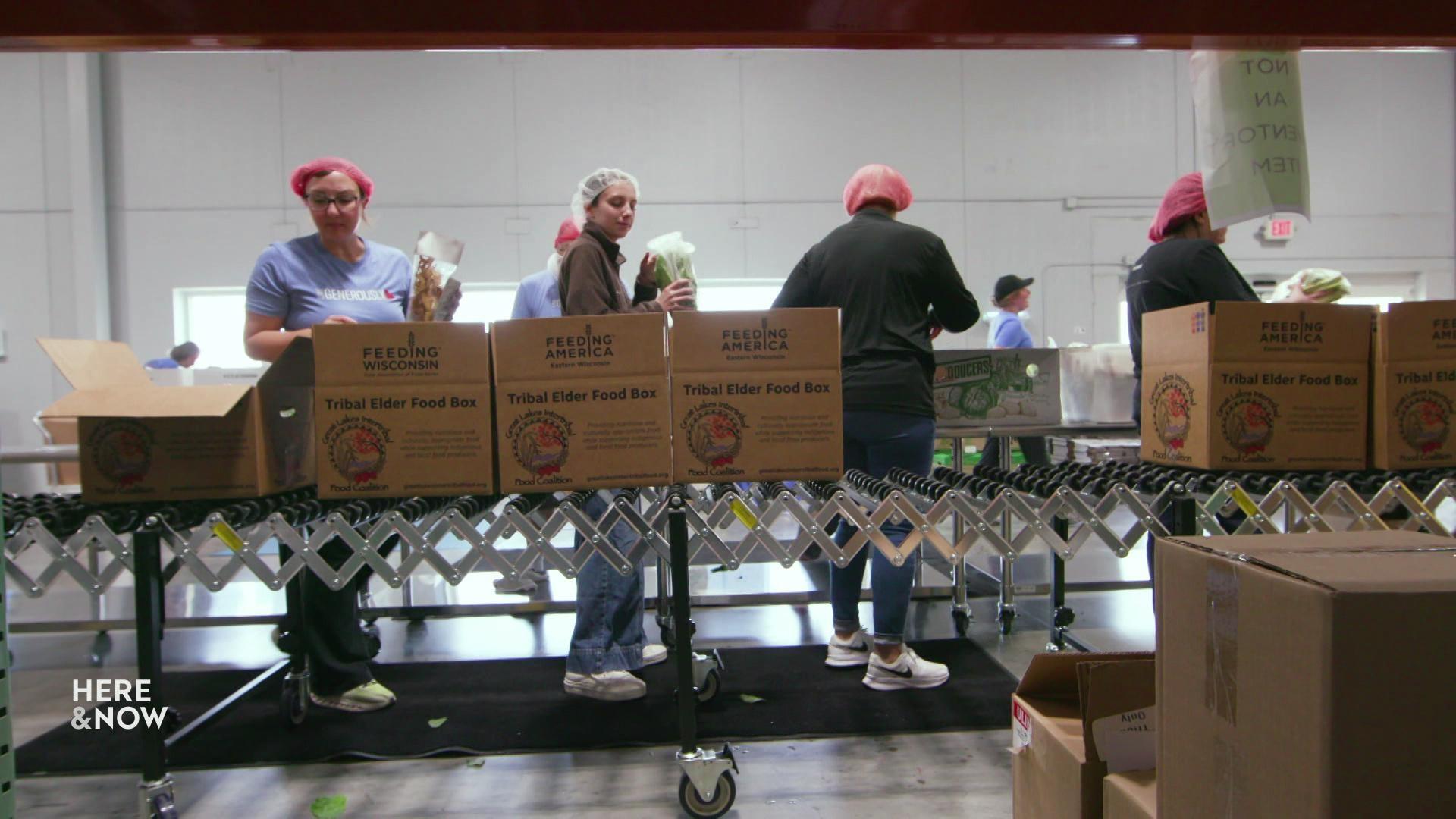
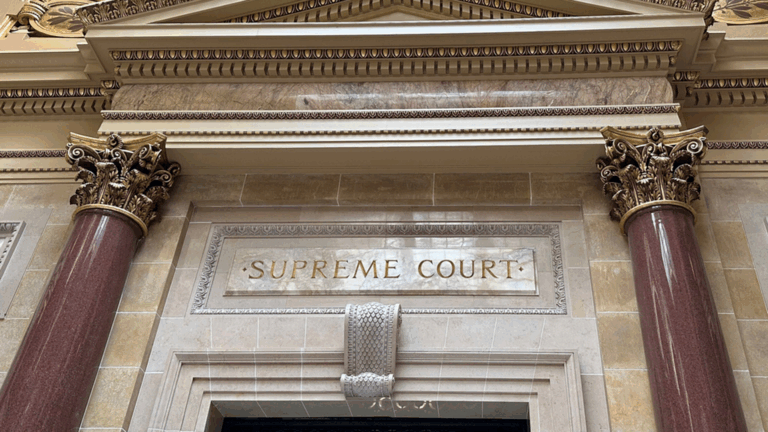

Follow Us